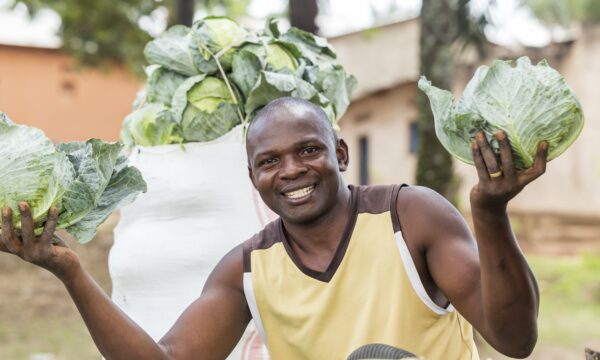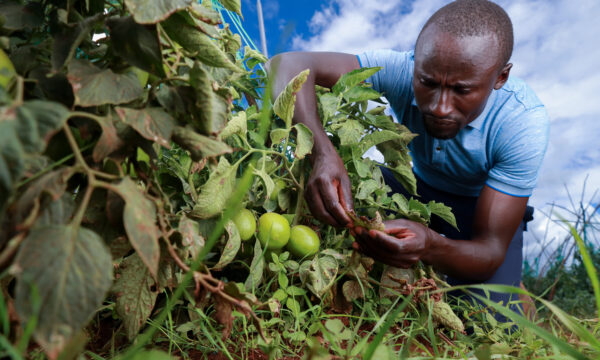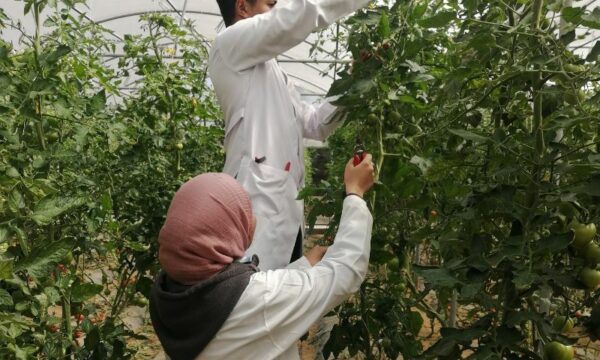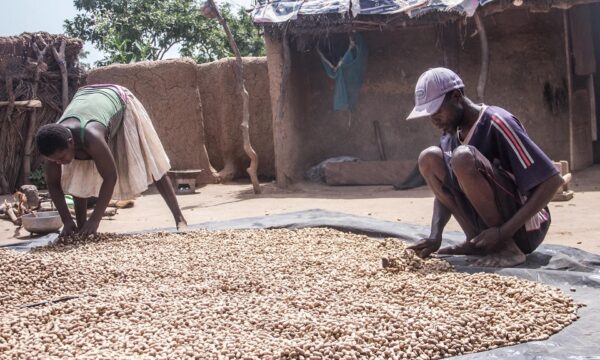 Last week, 193 Member States of the United Nations adopted the new Sustainable Development Agenda to end poverty by 2030. This came at the beginning of a three-day Summit on Sustainable Development during which focussed on implanting changes that will see the Agenda achieve its ambitious aims. The Agenda, consisting of 17 Sustainable Development Goals (SDG), will help countries to develop their policies over the next 15 years.
Last week, 193 Member States of the United Nations adopted the new Sustainable Development Agenda to end poverty by 2030. This came at the beginning of a three-day Summit on Sustainable Development during which focussed on implanting changes that will see the Agenda achieve its ambitious aims. The Agenda, consisting of 17 Sustainable Development Goals (SDG), will help countries to develop their policies over the next 15 years.
The second SDG on the list is to “End hunger, achieve food security and improved nutrition, and promote sustainable agriculture.” Globally, 1 in 9 people are undernourished, the majority of whom are in developing countries where food loss is an important factor. Food loss is the food that gets spilled or spoilt before it reaches its final product or retail stage, whereas food waste happens at the retailer or consumer stage.
Food loss and food waste affect around 1/3 of the world’s food production, representing a huge waste of resources. The FAO are involved in a programme called SAVE FOOD to tackle some of the issues resulting in loss, including postharvest loss, which is about to take the spotlight at the first international congress on postharvest loss prevention in Rome next week. It is hoped this event will not only raise awareness of the issue but initiate the exchange of ideas, information and success stories, supporting the development of action plans to reduce the problem.
Postharvest loss is a big issue for smallholder farmers, who often choose to sell their produce straight away, rather than risk losing yield to postharvest pests. As a result, the market gets flooded with lots of produce at the same time and so farmers fetch a low price for their crop. Cereal crops are some of the worst affected by postharvest loss around the world.
Farmers in Uganda were facing exactly this problem when the World Food Programme stepped in to help. By helping the farmers there to source storage and handling equipment, they have given them an opportunity to store grain safely away from pests, and wait until the price increases before selling to market. Metal silos are an effective way to store cereals away from the ravages of pests which can make the grain unmarketable.
To find out more about the advantages to using these metal silos and how to set one up, read this month’s Factsheet for Farmers which was written by staff from the Zambia Agriculture Research Institute (ZARI).
Plantwise Factsheets for Farmers are produced by partners in Plantwise countries for use by plant doctors and extension workers who provide advice to farmers. To see more about the content held on the Plantwise knowledge bank, please click here.
Related News & Blogs
How strengthening South Sudan’s plant health system can reduce crop losses
In countries like South Sudan, people feel the effects of climate change with greater intensity. For example, increased crop pest invasions. The fall armyworm (Spodoptera frugiperda) damages key crops like maize and sorghum. And the papaya mealybu…
16 December 2024




